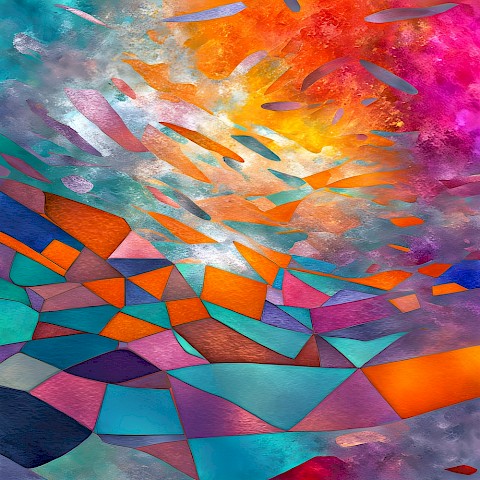|
10 VIII 2025 |
13. Late Sea Pictures 1830-45
491 - Mouth of the Seine, Quille-Bœuf | |

| ||
|
The 1833 Royal Academy catalogue contained the following explanatory note: 'This estuary is so dangerous from its quicksands, that any vessel taking the ground is liable to be sanded and overwhelmed by the rising tide, which rushes in in one wave.' This note is indicative of Turner's interest in the hazards of seafaring, which were, of course, of particular interest to one who did so much travelling under the conditions of the early nineteenth century. The composition is based on the bodycolour on blue paper, painted c.1829 (No.398). The treatment of sea and sky, making due allowance for the fact that this is a picture that Turner sent in for exhibition, is also close to one of the unexhibited oils of stormy seas, 'Rough Sea with Wreckage', and may give a clue to the date of these works (see No.492). For The Spectator, 11 May 1833, this picture was one of those daring triumphs of genius which Turner alone achieves. On the one side is the cold grey sea; on the other the yellow sands, and a ruined abbey on the shore, steeped in a flood of golden light. It is a resplendid work of art'. The New Monthly Magazine for May-August called it 'a specimen... of magical red and of magical yellow'. The Athenaeum, 25 May, pointed out 'the descent of a cloud of water-fowl' as 'finely managed'. Only the Morning Chronicle was critical, with the usual comments about 'yellow fever, and... a suspicion of the jaundice', 'brimstone and cayenne'. An image generated by an AI Machine Learning Model Property of the artist. | ||
